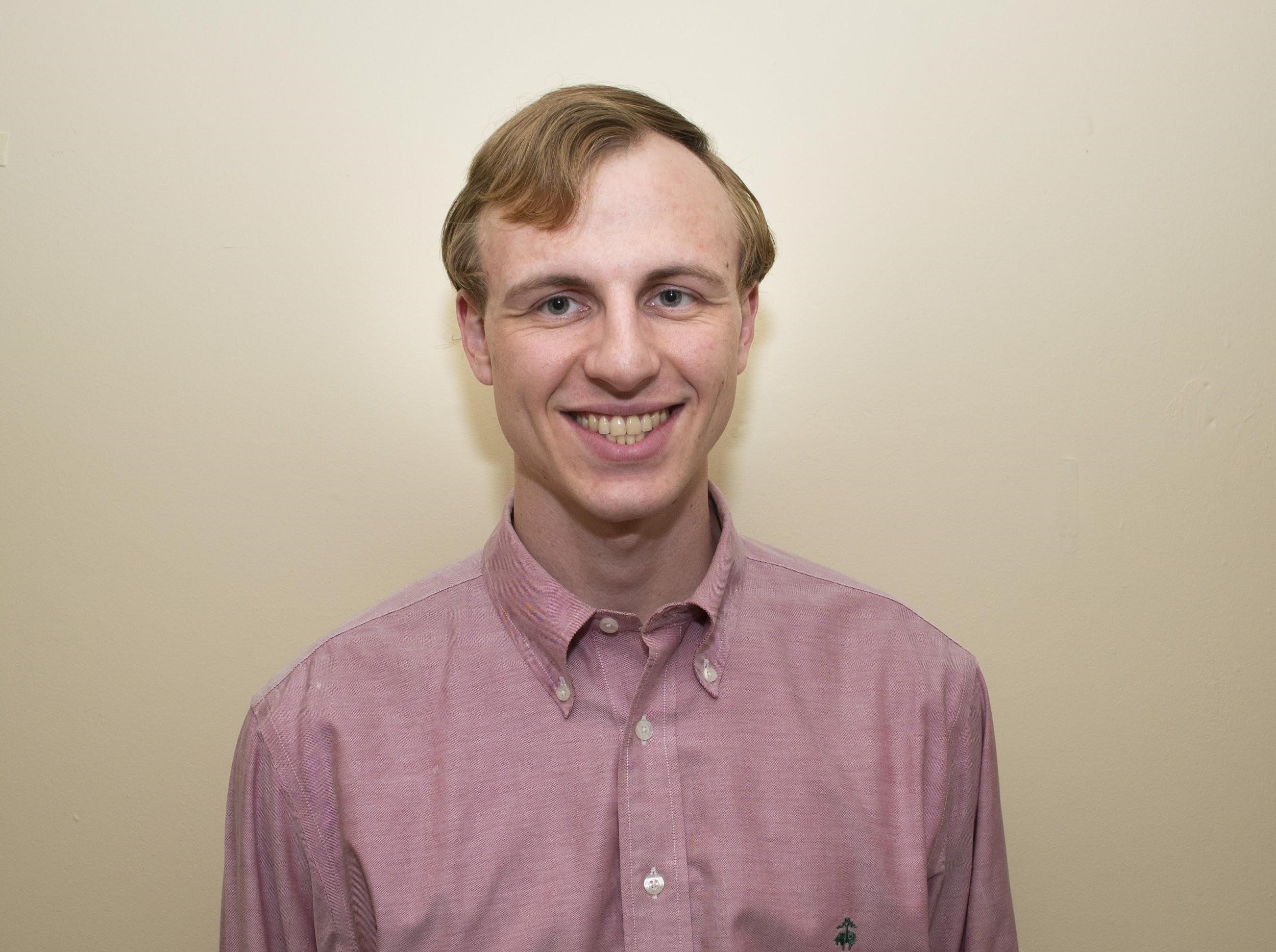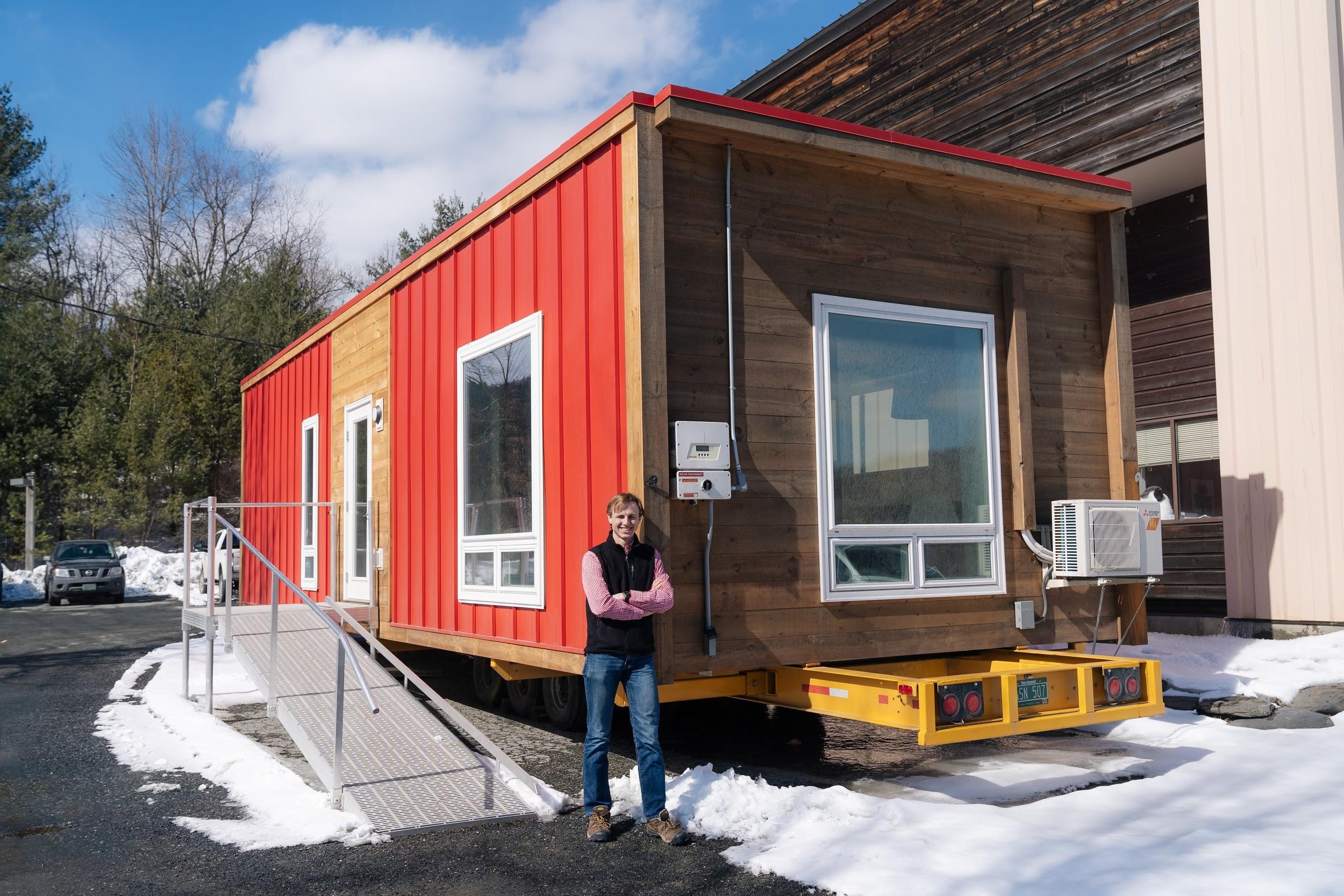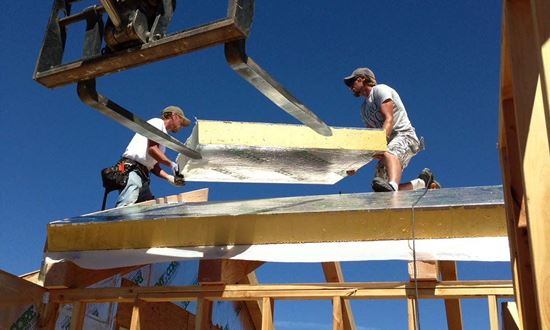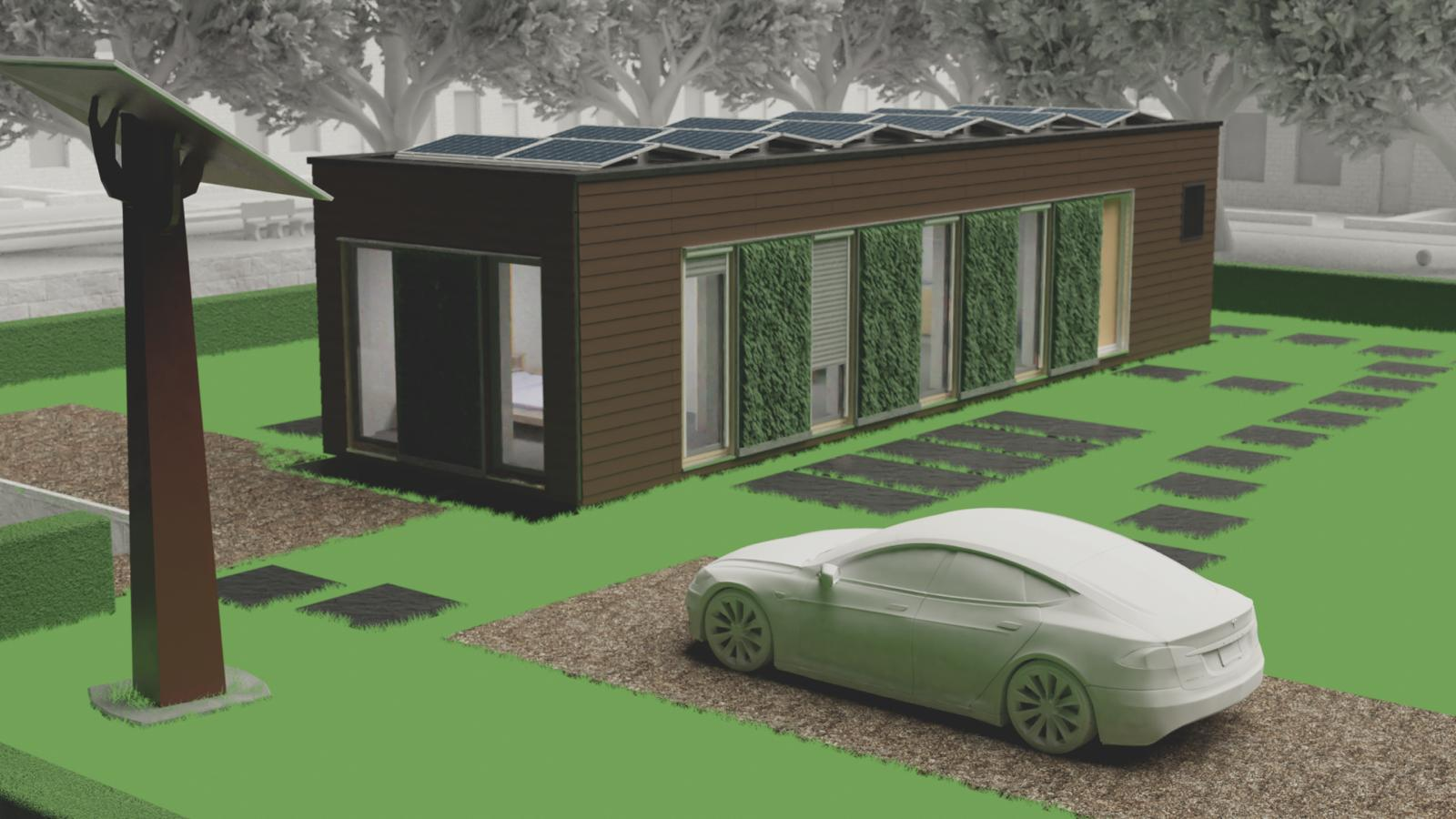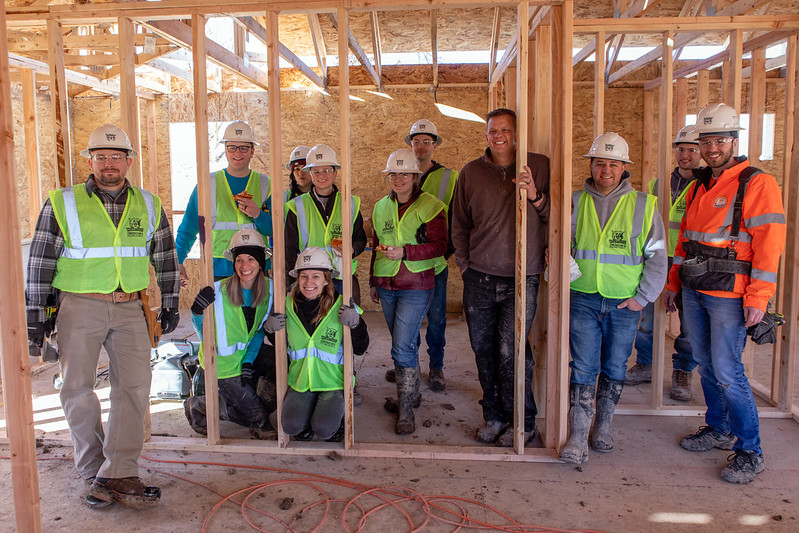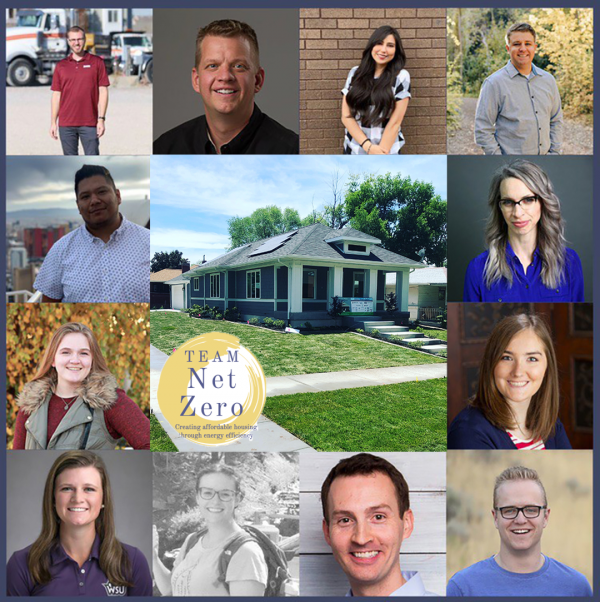Sneak Peek of Solar Decathlon 2020 Build Challenge Team Progress
Thursday, February 11, 2021
We recently announced that the U.S. Department of Energy Solar Decathlon® will virtually host its rescheduled 2020 Build Challenge and 2021 Design Challenge competition events from Thursday, April 15, to Sunday, April 18, 2021. With just a few more weeks before hundreds of college students compete in the Solar Decathlon’s 10 Contests, the competition organizers would like to highlight some of the truly amazing progress being made by our Build Challenge teams, who are completing their local, solar-powered home builds against all odds.
It’s clear that these teams are bringing a new level of commitment and determination to this—dare we say, unprecedented—Solar Decathlon event. Before we show you where they stand, please mark your calendar to join us for the virtual event featuring dynamic team presentations, interactive sessions, and networking opportunities with these next-gen green building professionals.
AmeriCorps to the Rescue
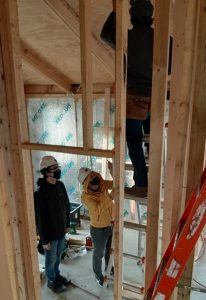
The Net Positive Studio by Kansas State integrates prefabrication building technology, net-zero energy performance, and affordability. Photo from Kansas State Solar Decathlon 2020 Build Challenge Team
The Kansas State University team has worked closely with their partners to make construction progress while attending school remotely through the fall semester. Kansas State leveraged AmeriCorps volunteers to help construct their Net Positive Studio. When complete, this Solar Decathlon entry will become home to a low-income family in St. John, Kansas, through the Stafford County Economic Development organization. In a burst of recent activity, small groups of students are working to install prefabricated interior walls on the inside of the home to finish the job.


